Trump Sanctions: This Is Not a Crisis - It’s an Opportunity to Rethink Economic Models

By

In a bold move, the United States has imposed 25% tariffs on Indian exports and added penalties over India's continued oil and arms trade with Russia. While this might appear to be a seismic economic event, Indian markets responded with calm. Beneath the surface, however, lies a potential for deeper consequences - and a hidden opportunity for India to recalibrate its trade approach.
India now faces:
Though drugs are currently exempted - thanks to their low-cost benefit to the US healthcare system - other sectors will likely feel the impact. Competing Asian economies, not subject to similar tariffs, may capture some of India’s US-bound export share. Given that India enjoys its largest trade surplus with the US, these developments could intensify India’s overall trade deficit.
The repercussions may unfold both in the short and long term, challenging export volumes and pricing power across multiple sectors.
At the center of this trade dispute lies India’s energy strategy. Russia has emerged as India’s largest oil supplier, forming 35–40% of the oil import basket, compared to less than 3% just a few years ago.
The US views this as indirectly funding Russia’s war effort. India, however, defends this approach by asserting that energy security is a sovereign right - a principle not open to foreign sanctions or influence.
India's stance:
This assertiveness may draw global attention to India’s independent foreign policy and commitment to affordable energy for its people.
How India reacts to the US measures will define its strategic path forward. So far:
In contrast, nations like the UK, EU, and Japan have shown appeasement toward US trade policies. India must instead carve out its own sovereign trade strategy. This includes diversifying trade partnerships and pursuing multilateral agreements as the era of open, rules-based free trade seems to be fading.
This moment echoes a pivotal time from the late 1990s, when India’s IT industry lost tax benefits. Many feared its collapse. Instead, it found strength by:
Similarly, India today is overly reliant on a US trade surplus. It must now:
The pain of transition is real, but the reward is a resilient, independent trade architecture.
These sanctions, while significant, need not trigger panic. Instead, they are a nudge for India to look beyond its comfort zone. India must not merely defend its trade interests but reimagine them.
A new global trade paradigm, less dependent on US goodwill, could emerge from this very standoff. The challenge is real, but so is the opportunity.
Disclaimer: The views expressed in this article are for informational purposes only and do not constitute financial, legal, or geopolitical advice. Readers are advised to consider multiple perspectives and consult relevant experts before making any decisions.
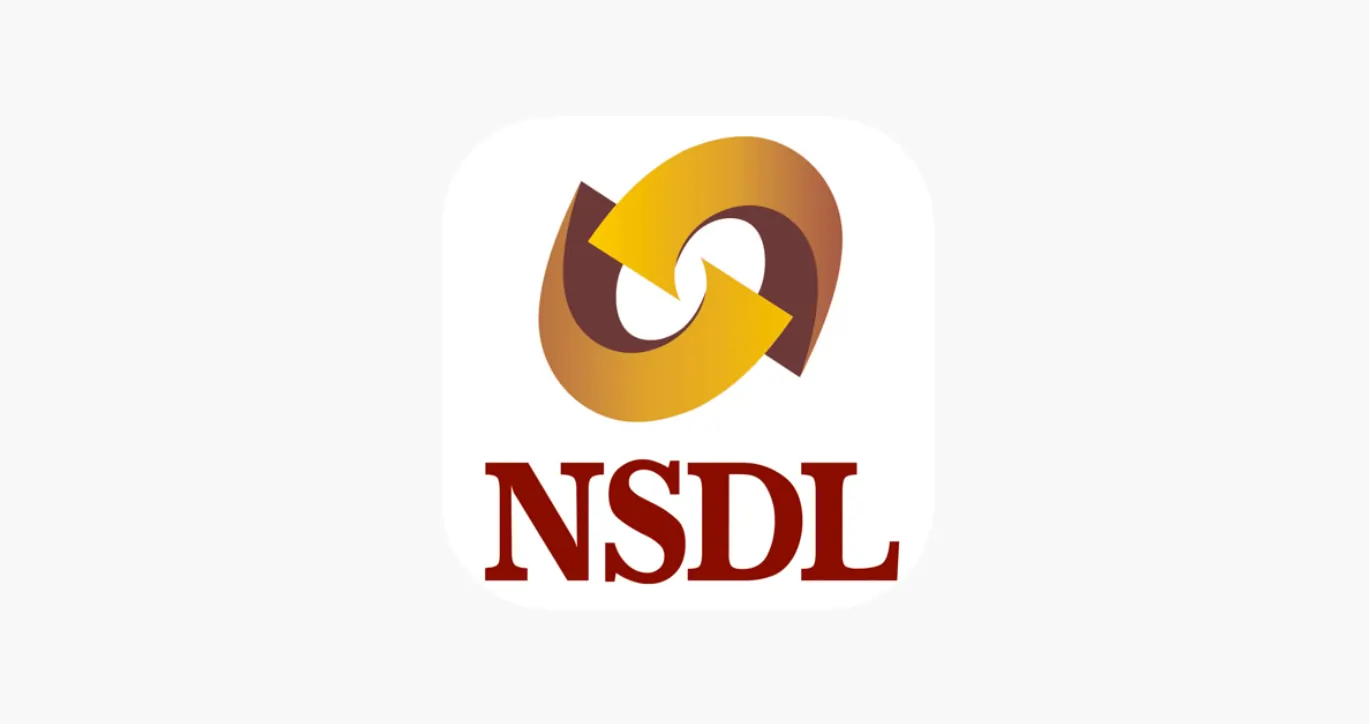
Learn how to easily download your NSDL CAS Statement in PDF format with our step-by-step guide. Follow our instructions to log in to NSDL e-Services, download your account statement, and subscribe for
Read Full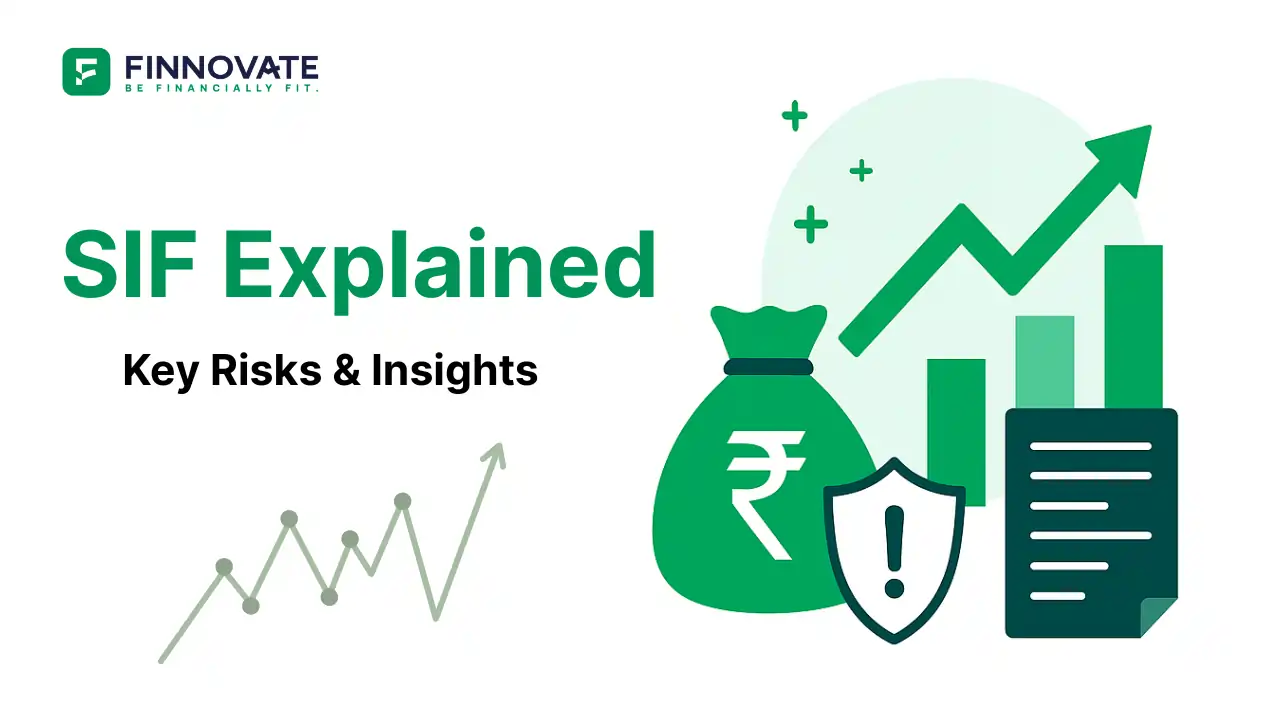
Explore what Specialised Investment Funds (SIFs) are, their benefits, taxation, minimum investment, how to invest, how they compare with mutual funds and PMS and latest developments in SIF space
Read Full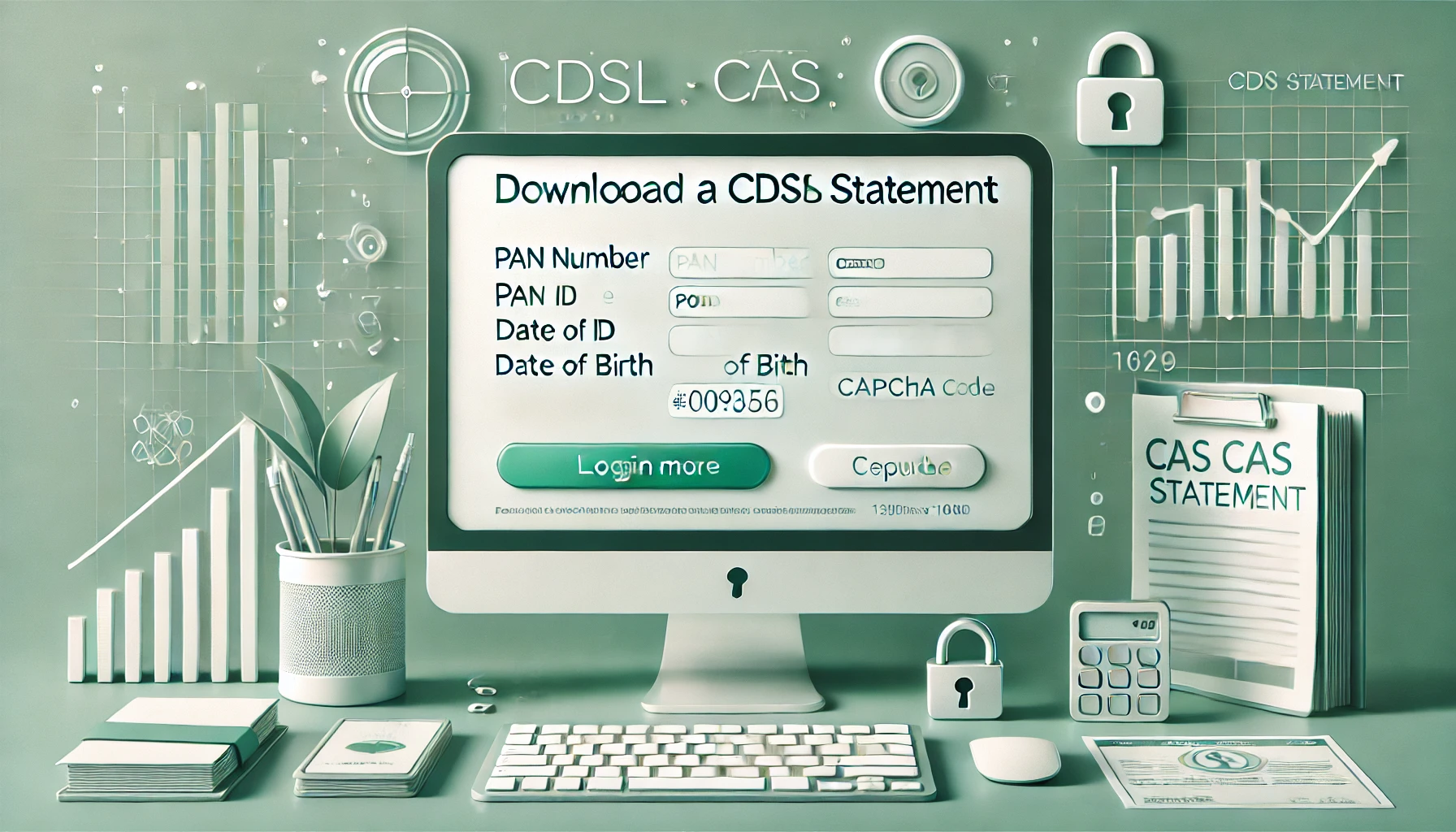
Learn How to Download Your CDSL CAS Statement with our step-by-step guide. Easy instructions for accessing your investment details online.
Read Full
Analyzing the potential economic impact of the 2025 India-Pakistan conflict on India's GDP growth, manufacturing sector, and foreign investment.
Read Full
Looking for the best financial freedom books? Here’s a handpicked 2025 reading list with summaries, why to read, and who it's best for.
Read Full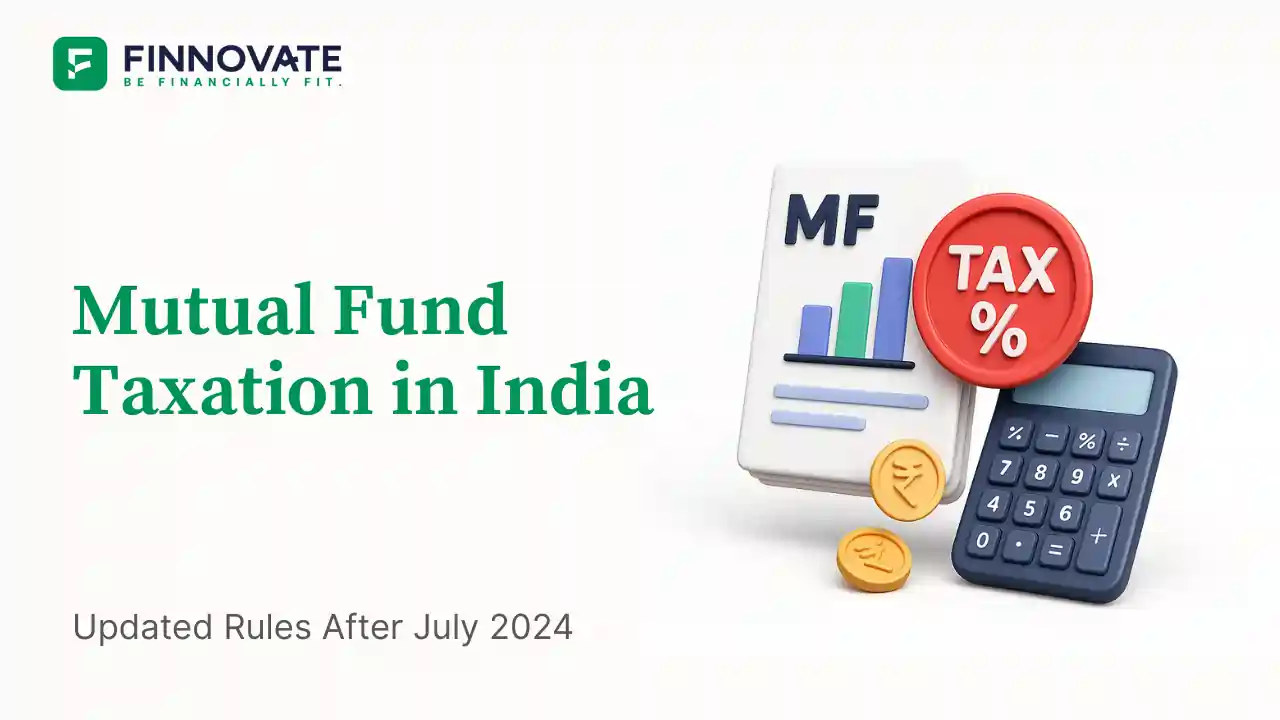
Clear guide to mutual fund taxation in India for FY 2025–26 after July 2024 changes: equity STCG 20%, LTCG 12.5% with ₹1.25L exemption, debt/hybrid rules, dividends, examples, tables, and FAQs.
Read Full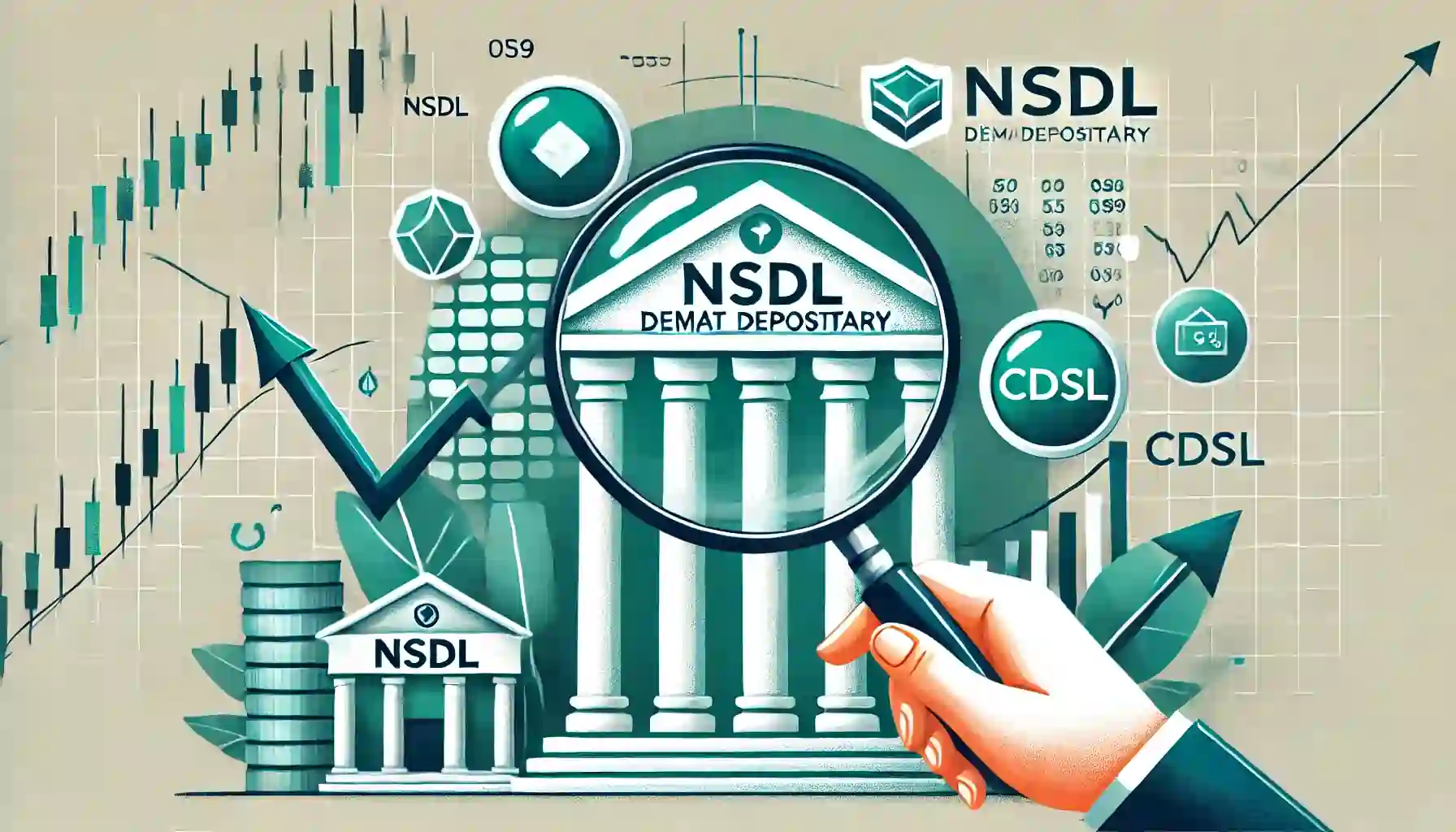
Determine if your Demat Depositary (DP) is NSDL or CDSL easily. Follow our guide to check using broking platforms or Demat account number formats
Read Full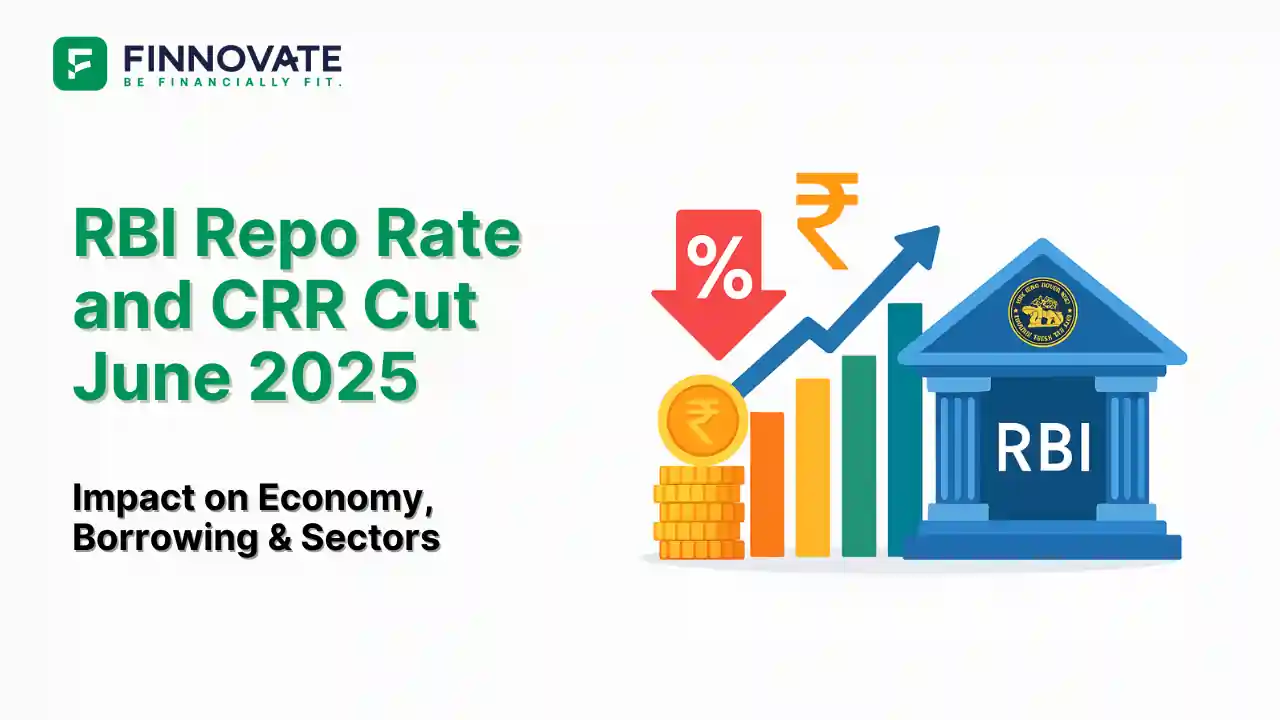
RBI cuts repo rate by 50 bps and CRR by 100 bps in June 2025 to boost growth. Learn how it impacts inflation, borrowing, sectors, and market trends.
Read Full